The art of songwriting is a delicate dance between melody and language, where the treatment of linguistic rhythm and phonetic texture becomes as crucial as the notes themselves. In the realm of art songs, this interplay reaches its zenith, demanding from composers and performers alike an almost alchemical sensitivity to the spoken soul of poetry. The marriage of text and tune in this tradition forms not merely songs, but miniature dramas where every syllable breathes with intention.
Phonetic sculpting begins with the poet's original text, where inherent rhythms and vowel patterns create an invisible architecture. Seasoned composers approach these texts not as raw material to be set, but as living organisms whose natural cadences must be respected and enhanced. The German Lied tradition demonstrates this masterfully - observe how Schubert's "Gretchen am Spinnrade" mirrors the spinning wheel's motion through repetitive vowel sounds, or how Wolf's settings preserve the conversational flow of Mörike's poetry while elevating its musical potential.
The French mélodie presents a contrasting approach to vowel coloration, where the language's nasal tones and silent endings require different solutions. Fauré's treatment of Verlaine's texts shows how forward-placed vowels can bloom within sustained notes, while the precision of Debussy's word-setting demonstrates how consonants can become percussive elements in the musical texture. The challenge lies in honoring the text's natural speech rhythms while creating melodic lines that feel inevitable rather than constrained.
English art songs present unique challenges with their stress-timed rhythm and vast vowel spectrum. Britten's settings of Auden or Purcell's 17th century airs reveal solutions - sometimes through syllabic declamation that follows the speech's natural rise and fall, other times through melismas that extend emotionally charged vowels. The trick lies in avoiding the pitfalls of either wooden recitation or melodic lines that distort the text's natural flow beyond recognition.
Performance practice adds another layer to this phonetic alchemy. The great interpreters of art song - from Fischer-Dieskau to Baker - demonstrate how subtle shifts in vowel modification, consonant articulation, and micro-rubato can illuminate textual meaning without breaking the musical line. Their recordings serve as masterclasses in how to make words sing and melodies speak, achieving that elusive balance where poetry and music become indistinguishable.
The treatment of linguistic rhythm extends beyond mere syllable counting. In Spanish art songs, for instance, the alternation between stressed and unstressed syllables creates distinctive rhythmic cells that composers like Granados or Montsalvatge exploit musically. Similarly, the elongated vowels of Russian lend themselves to expansive melodic treatment, while the consonant clusters of Czech demand careful attention to diction without sacrificing legato. Each language carries its own musical DNA that the sensitive composer uncovers and amplifies.
Contemporary art song continues to explore new frontiers in text setting. Composers like Kaija Saariaho or George Benjamin approach phonetic material with techniques ranging from spectral analysis of vowel sounds to the incorporation of speech-melody transcription. Some experiment with breaking words into phonemes distributed across instrumental lines, while others explore extended techniques that blur the boundary between singing and speaking. Yet even in these avant-garde explorations, the fundamental principle remains: the music must serve the word's essence, not obscure it.
The magic of art song lies in this transformative moment when poetry ceases to be merely spoken and not yet fully sung - that liminal space where language remembers its primal musicality. From the troubadours to today's experimental vocal works, this tradition continues to remind us that before words carried meaning, they carried music. The true masters of the form understand that setting poetry isn't about composing around words, but composing from within them, allowing the text's sonic properties to generate their own melodic offspring.
As listeners, we recognize successful text setting instinctively - when a melodic line feels so perfectly married to its text that we cannot imagine one existing without the other. This is the art song's great illusion: making the laborious craft of phonetic sculpting appear effortless, making the composer's intensive study of linguistic rhythm seem like spontaneous inspiration. The greatest art songs remind us that music and poetry spring from the same source - the human need to make our breath, our heartbeat, our very pulse transcend mere communication and become art.

By /Jul 25, 2025
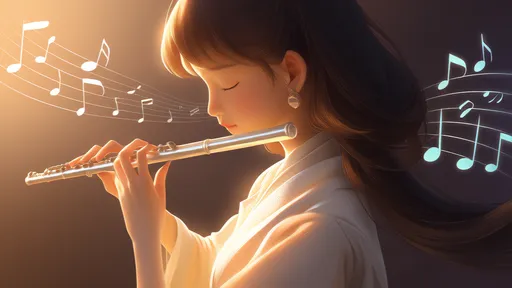
By /Jul 25, 2025
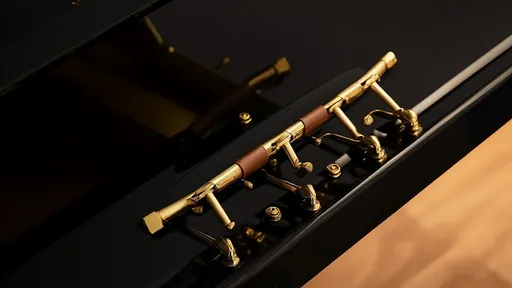
By /Jul 25, 2025
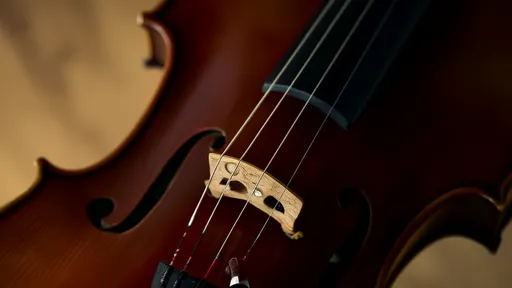
By /Jul 25, 2025

By /Jul 25, 2025

By /Jul 25, 2025
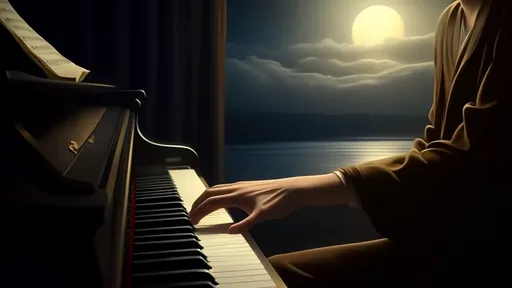
By /Jul 25, 2025
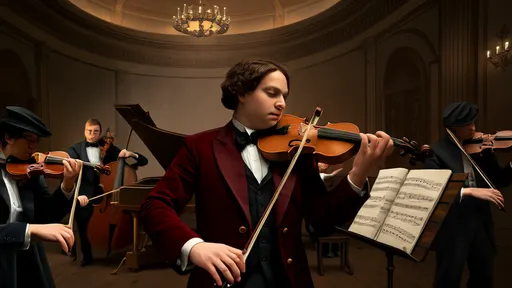
By /Jul 25, 2025
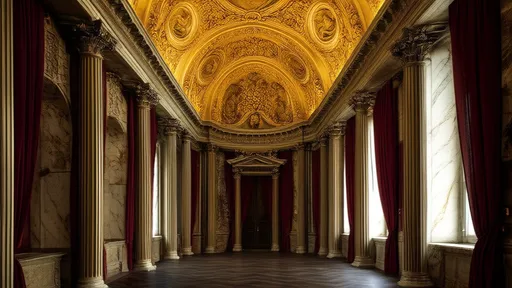
By /Jul 25, 2025
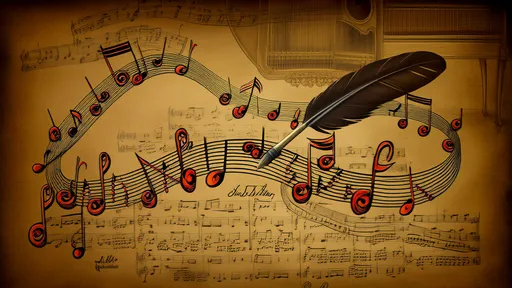
By /Jul 25, 2025
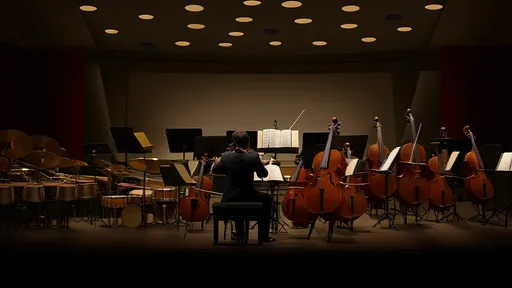
By /Jul 25, 2025

By /Jul 25, 2025

By /Jul 25, 2025
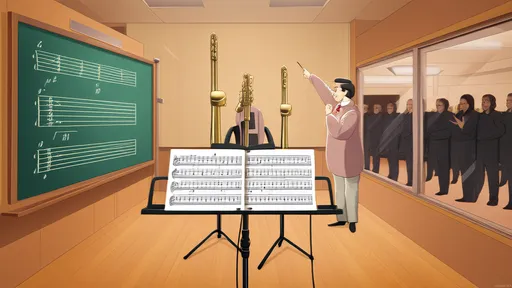
By /Jul 25, 2025
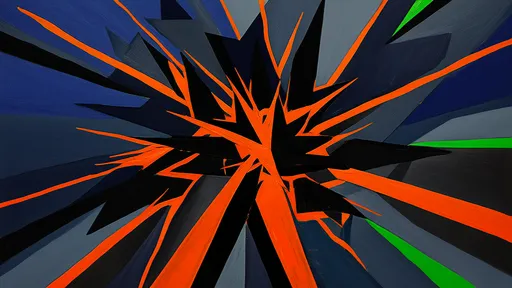
By /Jul 25, 2025
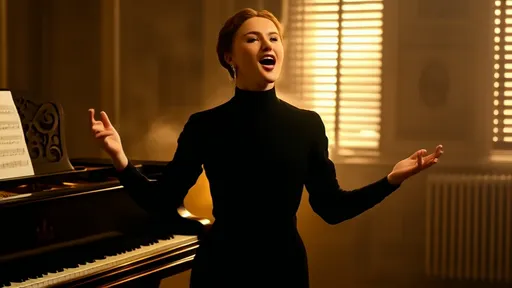
By /Jul 25, 2025
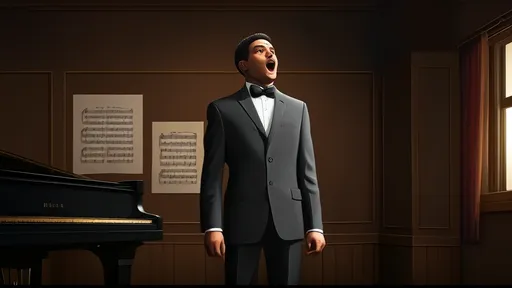
By /Jul 25, 2025

By /Jul 25, 2025

By /Jul 25, 2025
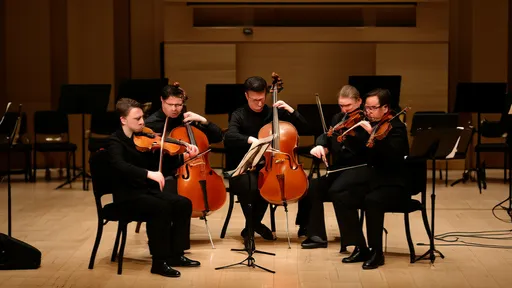
By /Jul 25, 2025